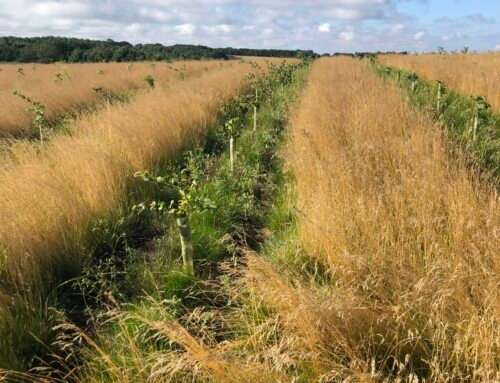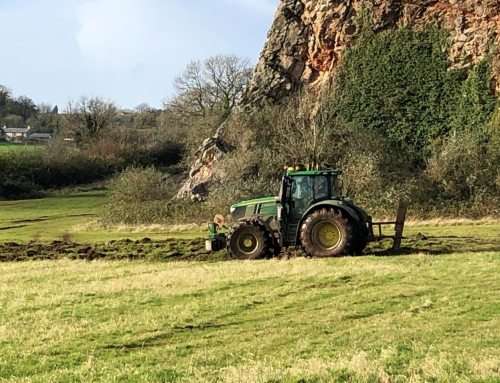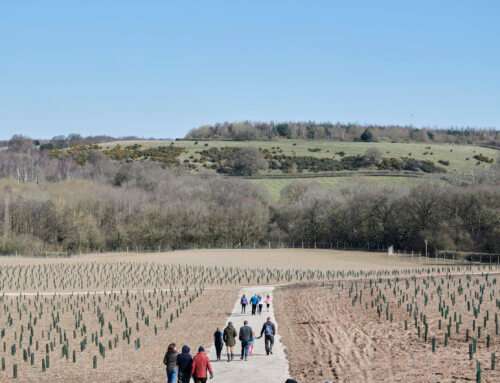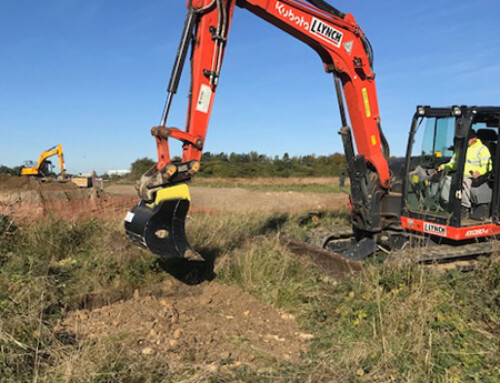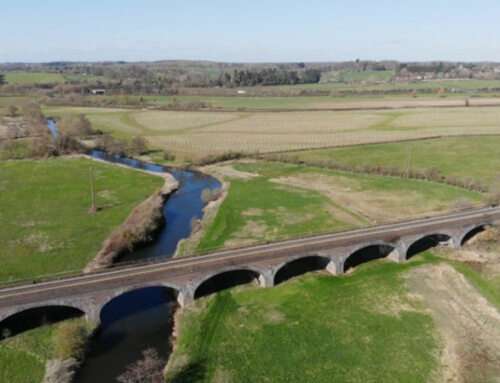Soil Survey And Landscape Scheme – Aberdeen
Site: Aberdeen
Client: SUEZ
Departments Involved: Soils
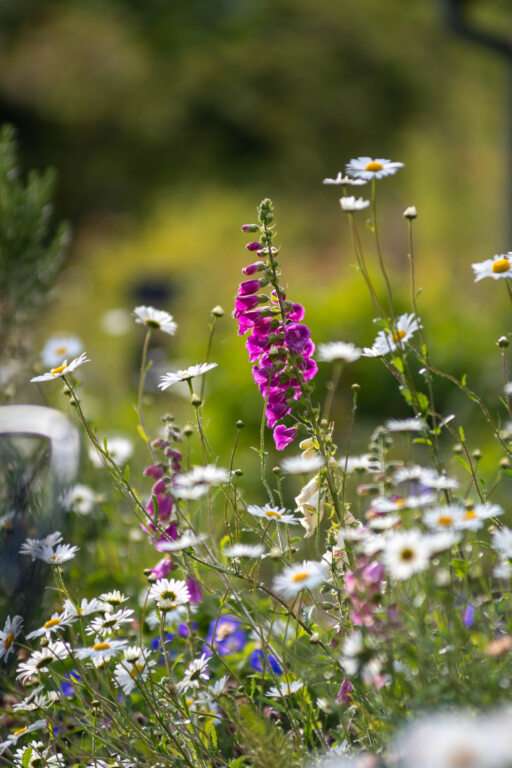
Overview
The project aimed to enhance biodiversity on an industrial site in Aberdeen through wildflower seeding and shrub planting. The primary objective was to increase ecological diversity by selecting appropriate plant species based on a thorough understanding of the site’s soil and coastal weather conditions.
Highlights
- Successfully cooperated with the client to gather soil information remotely
- Minimised the carbon footprint associated with on-site assessments.
- Identified five soil types, tailoring recommendations based on specific conditions.
- Selected suitable wildflowers and shrubs based on soil and weather conditions.
- Proposed hibernacula and bug hotels to benefit amphibians, reptiles, and insects.
- Provided recommendations for nutrient additions to support plant growth.
Context
Previous vegetation margins surrounding the site did not establish and grow to the extent required. Therefore, soil testing was necessary to advise the planting and seeding of suitable species for the site.
To minimise the carbon footprint, remote collaboration with the client was employed for soil information gathering, including sending samples to a laboratory for testing. With the data, a landscape scheme could be created. This included a planting and seeding table, landscape design map and aftercare table.
Challenges
The challenges included the carbon footprint associated with travelling to Scotland for on-site assessments. However, these were addressed by collaborating with the client to remotely gather essential soil information and conduct laboratory tests. The topsoil depth on site was shallow, therefore shrub species and wildflower seeds were recommended, as opposed to trees.
What We Did
Soil Survey:
- A comprehensive soil survey was conducted, analysing properties in the field and laboratory tests. The field site analysis considered factors such as soil depth, stone content, compaction, and moisture content. Laboratory tests covered soil texture, pH, organic matter, nutrients and other relevant parameters.
- Five soil types were identified, such as moist sandy clay loam soil along the coastal edge.
Species Selection:
- Suitable wildflowers and shrubs were chosen based on soil and weather conditions.
- Noted the low phosphorous content, favouring the growth of wildflowers.
Habitat Enhancements:
- Hibernacula and bug hotels were recommended to support amphibians, reptiles, and insects.
- Shrubs to be grown in low-nutrient soil were advised to be planted with a fertiliser tablet for optimal growth.
Outcomes
Comprehensive Landscape Scheme:
- Developed a detailed landscape scheme, including a planting and seeding table, landscape design map and aftercare table.
- Ensured a rounded approach to biodiversity enhancement on the industrial site.
Planning Authority:
- Secured approval from the local planning authority for both the soil survey and landscape scheme.
- The positive response indicates acceptance and support for the proposed ecological measures.
Execution Prospects:
- Paved the way to begin wildflower seeding and shrub planting activities.
- Anticipated commencement of ecological enhancements on the industrial site in the following year.

Photo Credit: SUEZ

